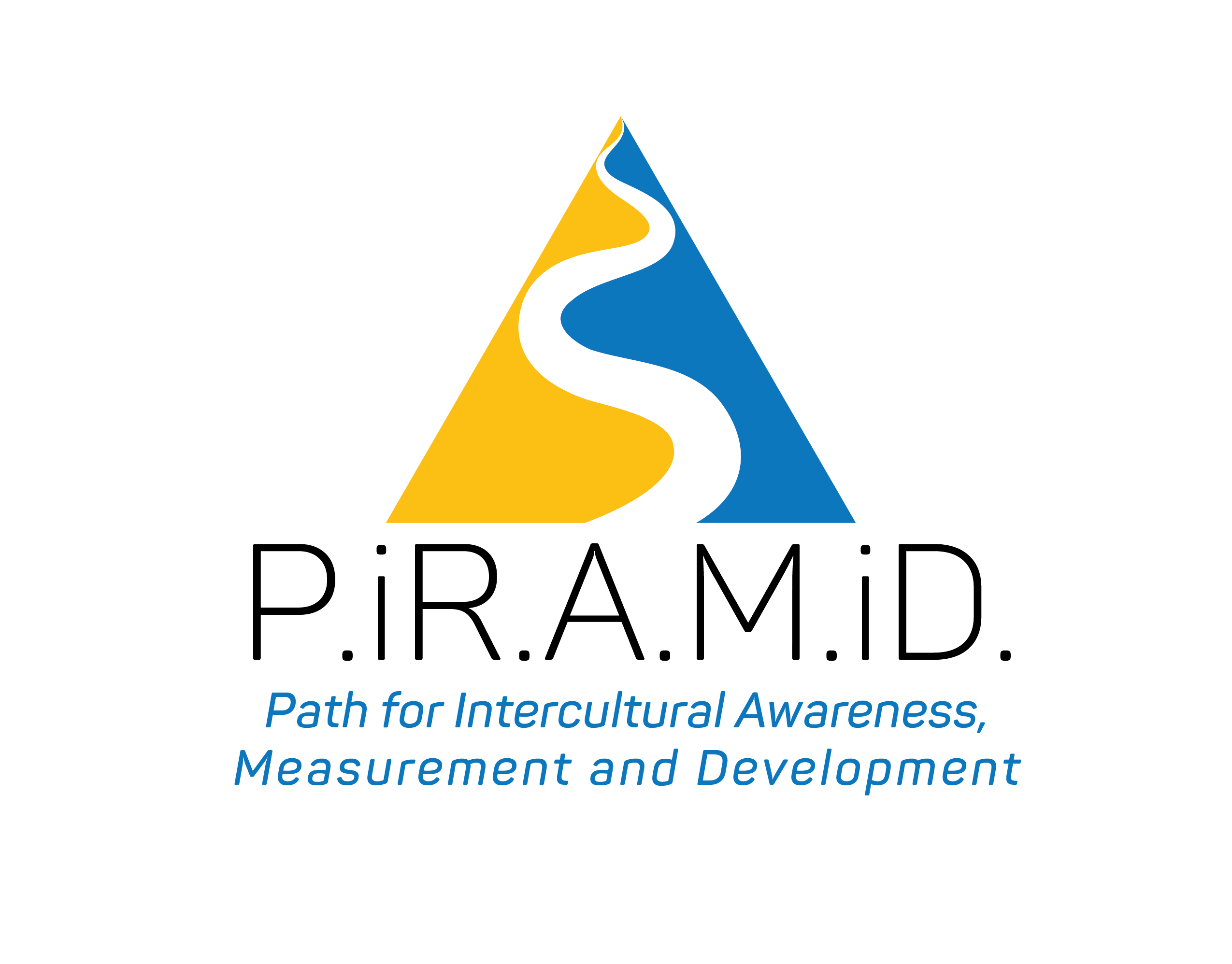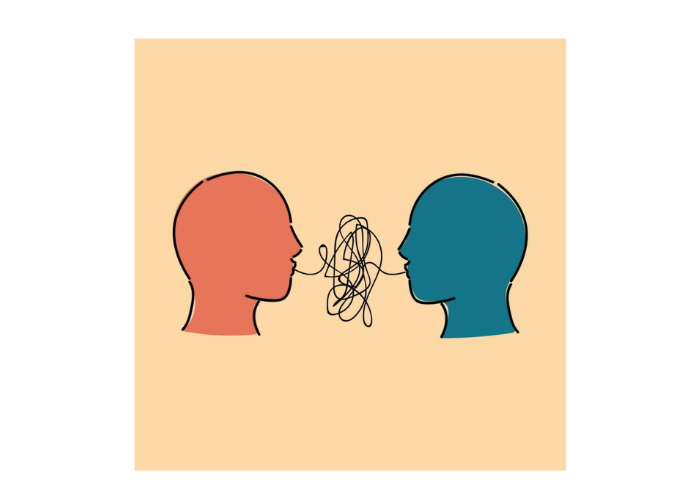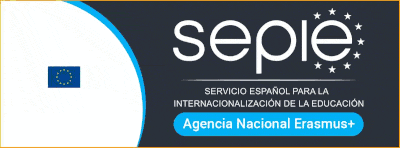This website use cookies to ensure you get the best experience on our website

P.IR.A.M.iD
2023-1-ES01-KA220-VET-000157060
Communicating Across Cultures: Understanding Beyond Words
20 September 2025

Communication means bringing together and exchanging information, knowledge, needs, attitudes, emotions, and perceptions among the people involved. It is not a one-way transmission, but a genuine process made of reciprocal exchanges and continuous feedback.
However, this process never takes place in a vacuum: it is always influenced by the surrounding environment. Culture shapes the way we communicate, and at the same time, communication contributes to maintaining and spreading culture itself.
But what happens when people from different cultures communicate with each other?
There may be misunderstandings, difficulties in grasping the other’s intentions, or even challenges in finding common ground. For this reason, it is useful to know some tools that can help us better interpret communicative differences.
An important starting point is the model proposed by the anthropologist Edward T. Hall, who distinguishes between high-context and low-context cultures.
High-context communication: communication is often implicit. The meaning is not only in the words, but also in body language, tone of voice, and the situation in which the exchange takes place. Here, it is the listener who must take responsibility for interpreting the message. (Example: in many Asian or Arab cultures, silence can carry more meaning than a thousand words).
Low-context communication: communication is direct and precise. The message lies in the words themselves, and it is the speaker’s responsibility to ensure clarity and avoid misunderstandings. (Example: in Anglo-Saxon or Northern European cultures, it is common to say things explicitly, leaving little room for interpretation).
Understanding this distinction helps us interact more effectively in international or multicultural contexts. Being aware that not everyone communicates in the same way reduces misunderstandings and allows us to build more respectful, collaborative, and effective relationships.

This project has been funded with support from the European Commission.
This publication reflects the views only of the authors, and the Commission cannot be held responsible for any use which may be made of the information contained therein.
